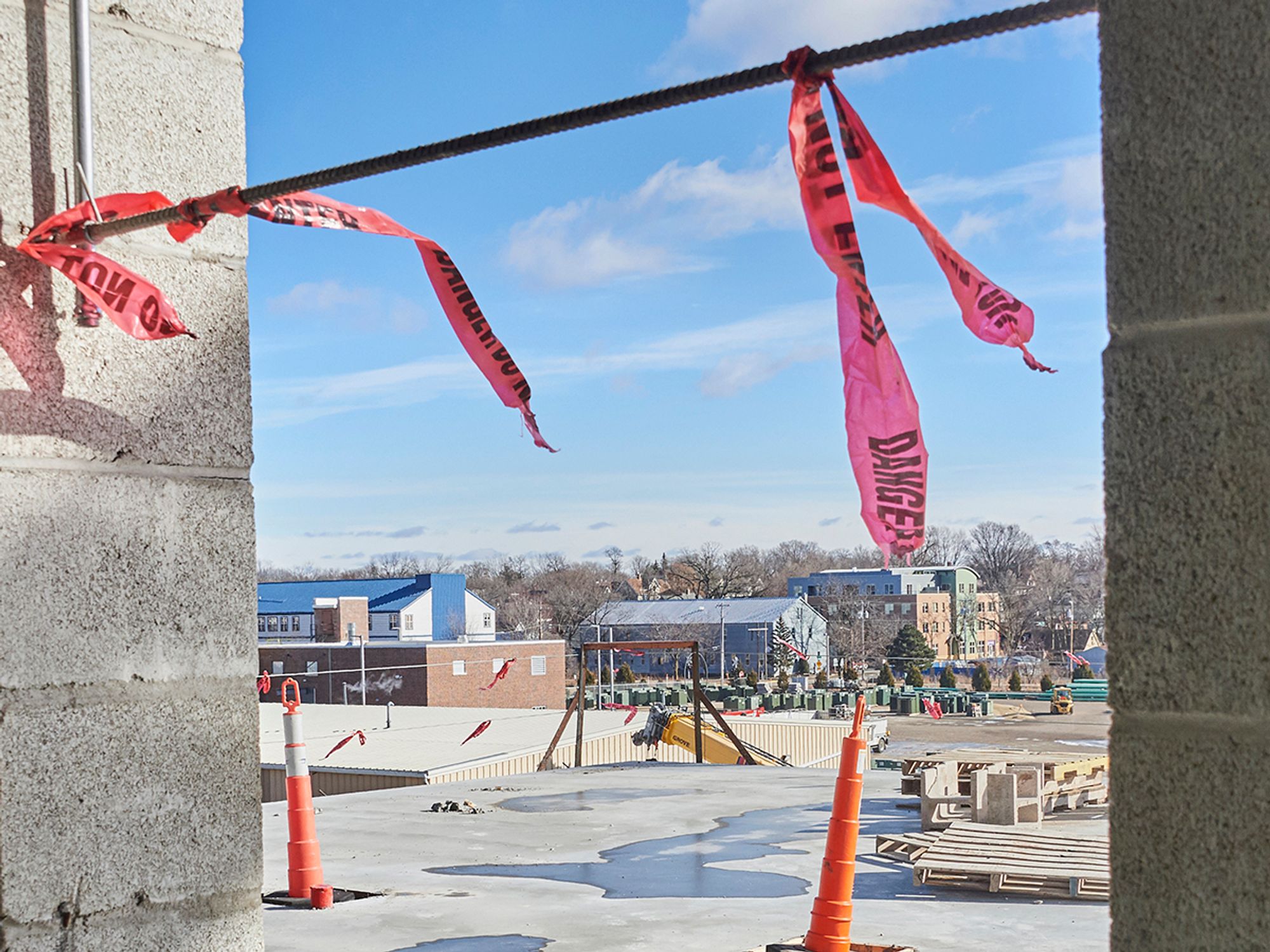InstituteSafety & HealthFall ProtectionGeneral Industry SafetyFall ProtectionUSAEnglishAnalysisFocus AreaIn Depth (Level 3)
Designated areas
['Fall Protection']

- Designated areas allow employees to work on flat roofs within a specifically defined area without additional fall protection, provided certain standards for safety and training are met.
A designated area is a distinct portion of a walking-working surface delineated by a warning line in which employees may perform work without additional fall protection.
A good portion of the requirements for designated areas come from the construction standards. However, the Occupational Safety and Health Administration (OSHA) excluded the use of monitors, opting instead to require employers in general industry to erect warning lines.
Designated areas cannot be used on platforms or around floor openings or holes. A designated area may only be used if all of the following criteria are met:
- The work is on a flat or low-sloping roof;
- The work is at least six feet from the roof edge;
- Warning lines as defined are used;
- Holes or openings are protected by additional fall protection systems (e.g., guardrail systems); and
- The work is performed by employees that are authorized by the employer and have completed the required training.
Employers that use designated areas must:
- Train employees who use the designated area on the proper care, inspection, storage, set up, and use of the equipment.
- Authorize employees to work in a designated area.
- Erect warning lines that delineate the designated area.
- Ensure that warning lines are visible throughout the designated area and from a minimum of 25 feet away.
- Ensure that warning lines meet the design requirements defined in 29 CFR 1910 Subpart D.
- Keep the designated area at least six feet from the roof’s edge.
- Use designated areas only on low-sloping roofs.
- Not use designated areas on platforms or around floor openings and holes.
- Ensure that work done within six feet of the roof edge uses other fall protection options (such as guardrail systems, safety net systems, and personal fall protection systems).
